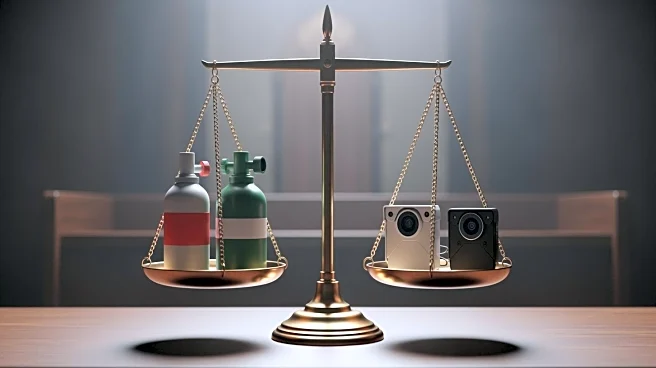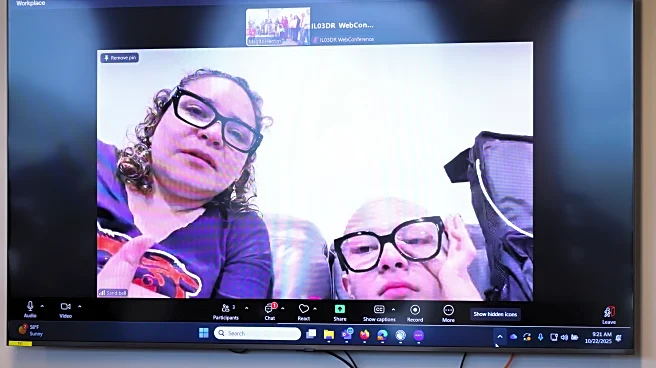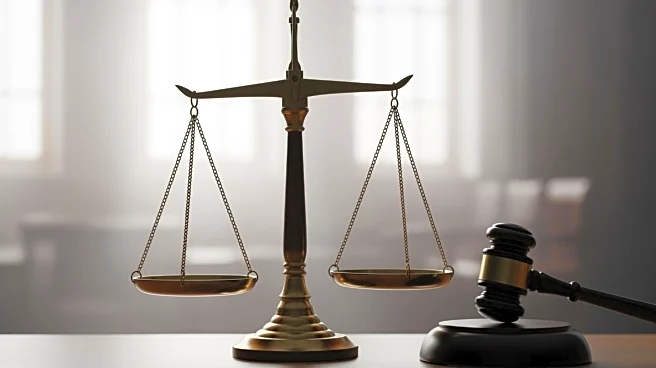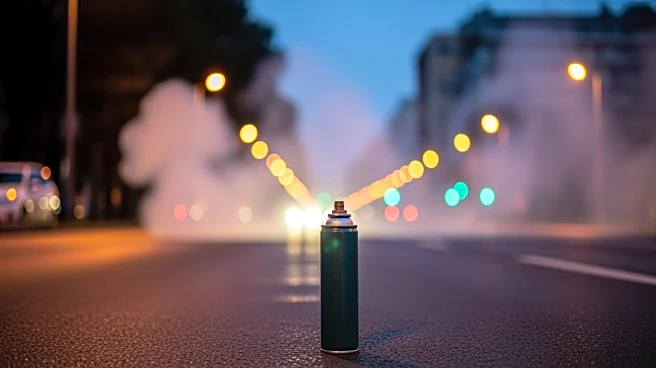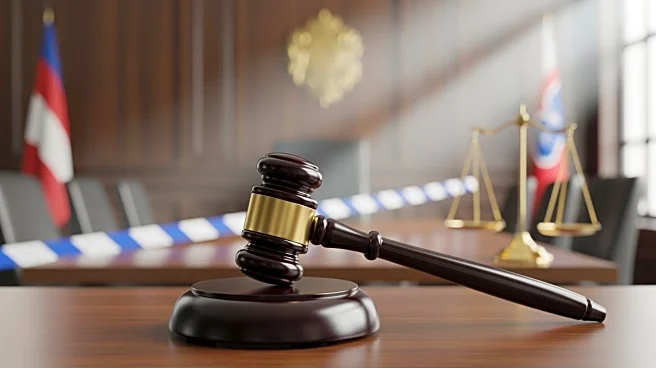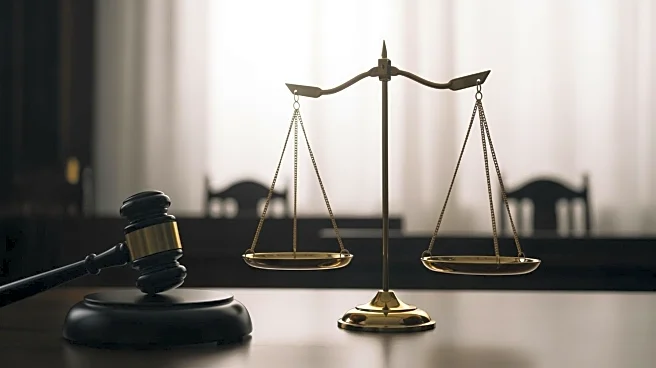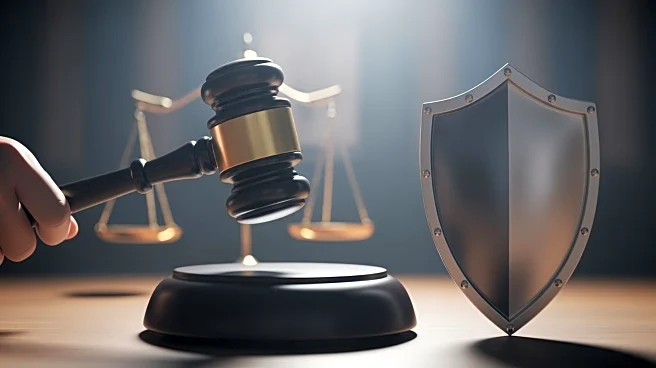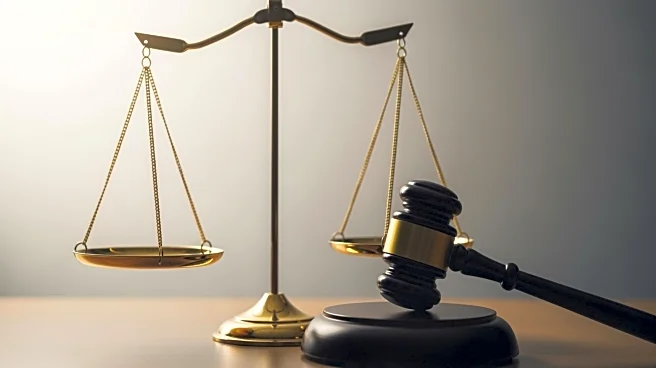What's Happening?
A federal judge in Chicago, U.S. District Judge Sarah Ellis, has expressed profound concern over alleged violations by immigration agents regarding the use of tear gas on media and protesters. The judge has ordered the field director for Immigration and Customs
Enforcement (ICE) to appear in court to address these concerns. Judge Ellis has modified a temporary restraining order to mandate that agents activate body-worn cameras during public encounters. This action follows recent incidents in Chicago's East Side, where agents reportedly used tear gas during a tense gathering after disabling a fleeing vehicle. The Department of Homeland Security claims protesters were throwing rocks at officers. The restraining order prohibits agents from using tear gas and projectiles against peaceful protesters, clergy, or journalists unless there is an immediate threat of physical harm, and only after issuing warnings.
Why It's Important?
This development is significant as it underscores ongoing tensions between federal agencies and civil rights groups regarding the treatment of protesters and journalists. The judge's actions highlight concerns about potential constitutional violations, particularly the First Amendment rights to protest and free speech. The requirement for body-worn cameras aims to increase transparency and accountability among ICE agents. This case could set a precedent for how federal agents are required to conduct themselves during public demonstrations, potentially influencing policies on the use of force and surveillance. The outcome may impact public trust in law enforcement and federal agencies, as well as the relationship between the government and media organizations.
What's Next?
The ICE Field Director, Russell Hott, is scheduled to appear in court to provide updates on compliance with the judge's orders. The plaintiffs have filed a motion for expedited discovery ahead of a hearing on a full injunction, indicating ongoing legal proceedings. The Department of Justice has objected to the restraining order, suggesting it may cause operational challenges. The court's decision could lead to further legal actions or adjustments in federal enforcement practices. Stakeholders, including civil rights groups and media organizations, are likely to continue advocating for protections against excessive force and for the safeguarding of constitutional rights.
Beyond the Headlines
The case raises broader questions about the balance between national security and civil liberties. It highlights the ethical considerations of using force in public spaces and the role of surveillance technology in law enforcement. The requirement for body-worn cameras may prompt discussions on privacy and the effectiveness of such measures in preventing misconduct. Long-term, this case could influence public policy on protest management and the accountability of federal agents.
